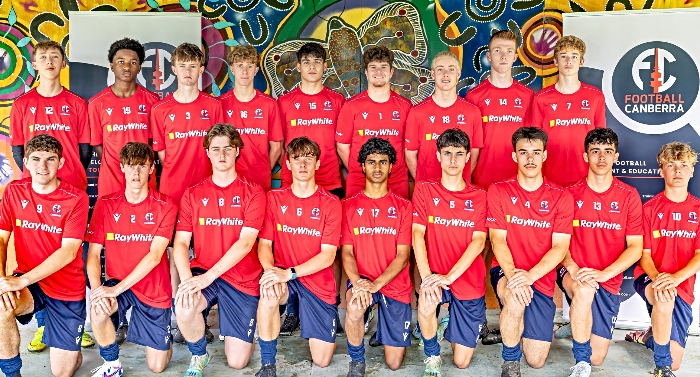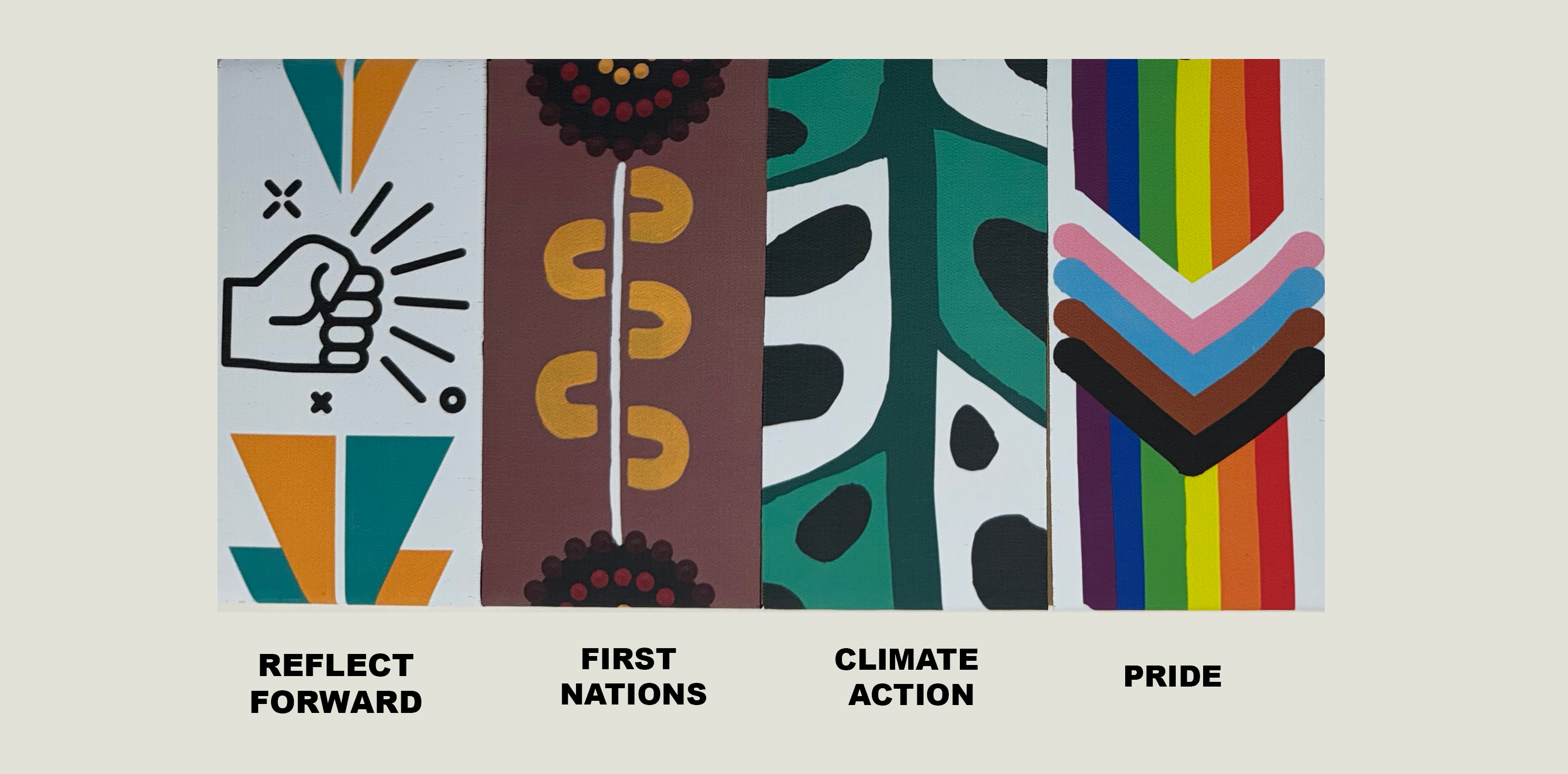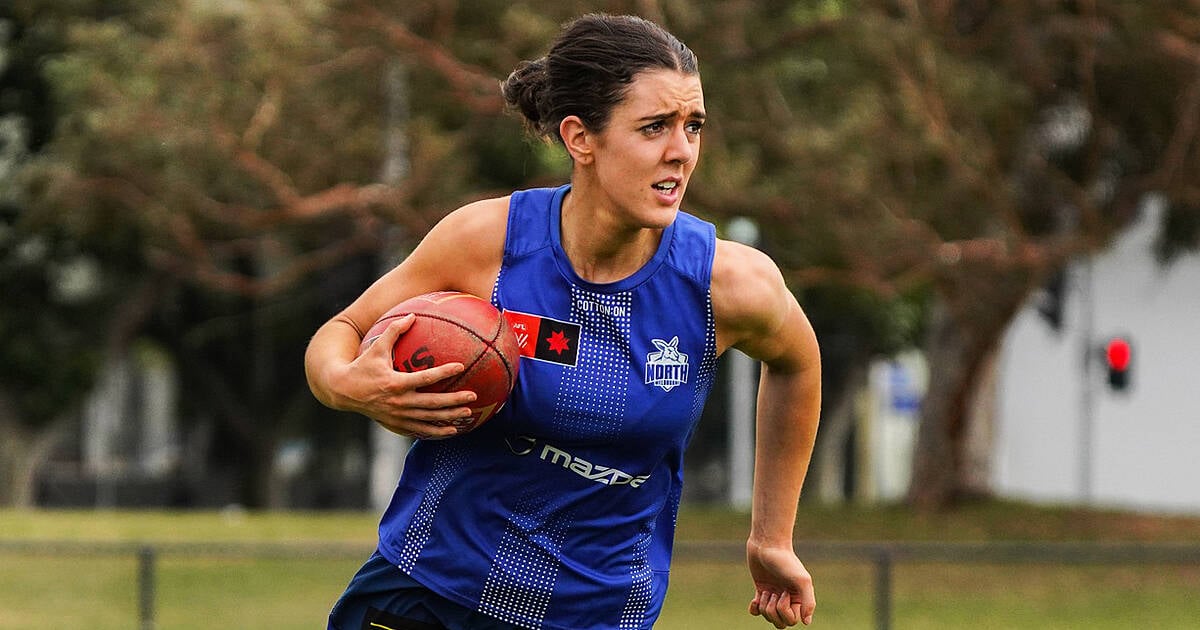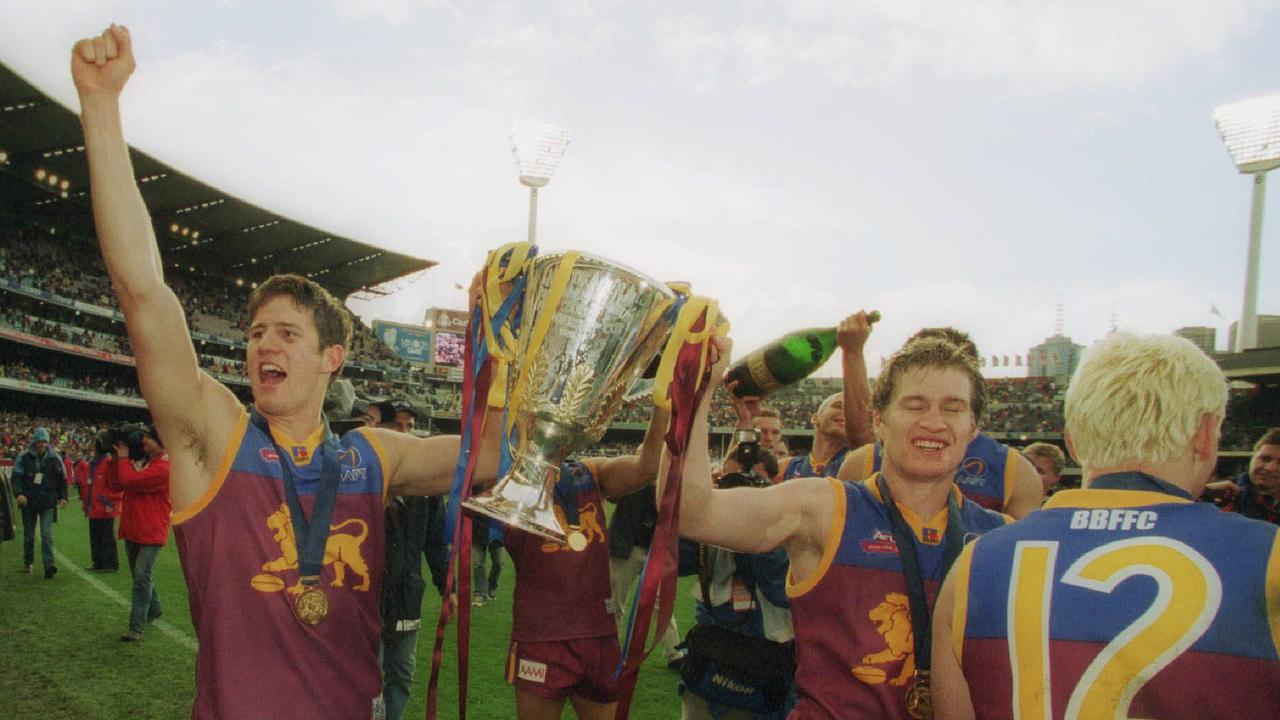The ‘fashion forwards’ cultural icon making a resurgence in Australian rules football

- by Admin
- May 22, 2024
The ABC investigates the numbers behind football’s most controversial hairstyle.
Love it or hate it, the mullet has returned. The controversial “business in the front, party in the back” hairstyle made a comeback during COVID. And it hasn’t gone away.
They’re everywhere from primary schools to law firms and, of course, in sports. Aussie rules has a long, voluminous history of mullets dating back to the 80s — from the formidable mane of Hawthorn’s Gary Ayres to the notorious blond mop of the Swan’s Warwick Capper.
We arrive at a much different mullet landscape in 2024, and it continues to raise eyebrows.
Are we seeing a throwback to the footy stars of the past or is today’s generation making the mullet their own? Does it secretly make for a better player?
The ABC analysed the headshots and hairstyles of all AFL players in the 2024 season in search of some answers.
Across all 18 teams and 788 players …
… we counted 150 mullets.
That’s roughly 19 per cent of all players this season.
Here they are.
Three of the top 10 mullets, based on length, are from the Western Bulldogs: Bailey Smith, Caleb Poulter and Aaron Naughton.
Which might makes sense because the Bulldogs have the most mullets out of any other team in the AFL this season.
Who made the cut?
The numbers are based on a player’s photo as published on their team’s website. And it’s by no means a perfect measure.
Most teams held photo-days before the start of the season, haircuts have taken place since then, and the photos don’t show the back of the player’s head. Where ambiguous, we tried to cross-reference photos from around the same time.
The ABC collected this data by scraping the players’ web pages and automating the process of cropping and measuring the height of each hairstyle in pixels, using software that can identify objects in images.
We looked at players with hair below the ears, and made a call: is it a mullet or not?
These are all mullets:
The original photos show hairstyles that are clearly short on the top and sides and long in the back.
But these are also mullets:
Laura Johnson, founder and CEO of Mulletfest, calls them “guppy” or “first-haircut” mullets. The giveaway is a little swish behind the ears.
The modern mullet
The AFL’s mullet roster is vast. There are the classic and “guppy” mullets, the ones growing in and growing out — and that’s not counting the ones that have already come and gone. There’s no singular way to define a mullet, and you might disagree on what does and doesn’t count.
“What constitutes a mullet in 2024 is a much broader definition than what we have seen from the original AFL and 70s and 80s rockstar mullets,” says Joe Kurdyla, a director at Kings Domain Barber Shop in Melbourne, “but it is still definitely the shape”.
Principal Barber Myda Evans says today it’s “more streamlined, contemporary and fashion forwards”. Skin fades are in while “big boof and length” are out.
“It’s the sides that make the mullet,” explains Johnson. That’s what creates the shape.
Former Hawthorn defender and captain Gary Ayres recalls the trend taking off in the 70s and 80s before subsiding around the mid-90s. He noticed their return in the years after COVID.
“Old is new again,” he says. “Some people can carry it off, others maybe not so much.”
“A lot of guys that I played with, they would probably be more appreciative if they still had the same head of hair now rather than bald,” he laughs.
Party in the front, business as usual in the back (of the age bracket)
It’s younger players who have the most mullets. Thirty-eight per cent of 19-year-olds have one, while no player over 31 has a mullet this season.
The median age across the league is 24, but for players with mullets that age is 21.
Younger players are naturally earlier in their careers. Players drafted in the last four years have double the number of mullets than their more senior teammates.
By team, the age-to-mullet trend is not as pronounced. However, Geelong and Sydney have two of the older playing lists and the fewest mullets in the league.
As of Round 10, they both sit near the top of the season’s ladder.
Hawthorn has a team of relatively younger players with a median age of 22.5. They have 13 mullets amongst them — about 30 per cent of the team.
Universally popular
Across every position on the field, there’s little variation in the mullet ratio. Rucks and key defenders have slightly fewer than the rest, but not by much.
Does it make for a better player?
Johnson believes it’s a “sensible haircut” from a sporting perspective. “It’s not going to get in your way. It’s still long enough to make a statement,” she explains.
Based on ABC data, most players in the AFL wear shorter hairstyles that fall around the ears — noting, however, that this measurement for hair length looks only at what’s visible from the photos, including tall hairstyles, and doesn’t accurately measure long hair that is tied back.
Using AFL fantasy points as a measure of performance, the ABC collected data for each player as of Round 8. Among those who had played at least three matches, we found players with mullets score, on average per game, slightly fewer points than players without mullets. The former averages 62.7 points versus the latter’s 65.4.
But across all hair lengths, none of the top performers are mulleted.
Age might explain this pattern, after all, players with mullets are younger and earlier in their careers.
Players of prime mullet age (18-21) average 55 points per match. The average across all ages is 65 points.
No matter which way you look at it, the mullet is alive and well.
But as Gary Ayres knows all too well, that can change in an instant.
“I don’t think I had it cut for the best part of six or seven years.” said Ayres. “I remember going into the hairdresser. He grabbed a handful of it and just went ‘snip’. And it was all gone in about two seconds, flat.”
Credits
Reporting, data and design: Alex Lim
Development: Katia Shatoba and Thomas Brettell
Source images: AFL Photos
Notes about this story
- Player photos and data were sourced from each team’s website.
- Hair cutouts were automatically generated using the Segment Anything API by Meta and edited for accuracy in some cases.
- Hair length is measured as the pixel height of the visible hair in a player’s photo. This does not accurately measure short hair which falls above the ears or long hair that is tied back.
- Where ambiguous, the ABC reviewed additional photos taken around the time of the team’s photo day which generally took place in early 2024.
- Player performance is measured using AFL Fantasy points as of Round 8, for players who had played at least three matches.
- The age of players is as of Round 8 which occurred over May 2-5, 2024.
The Latest News
-
December 24, 2024North Lamar Australian Basketball
-
December 24, 2024We asked Golf Digest writers the story they were proudest of in 2024, and why – Australian Golf Digest
-
December 24, 2024Blueprint for success: how Australian architects made the world take notice in 2024
-
December 24, 2024‘Novak Djokovic will only care about the Australian Open and Wimbledon’
-
December 24, 2024PNG-Australia NRL Deal: K1.7 billion economic boost and 10,300 jobs expected





